
There are a ton of different reasons people come to the Boundary Waters and a ton of different opinions on those reasons, but in my experience there is one thing that everybody agrees on. It’s the moment at the end of a long day of paddling and portaging when your full from dinner and all of the camp chores are done sitting next to a crackling campfire. Nothing accentuates the atmosphere of an evening in a BWCA campsite better than a campfire; both in the moments of comradery with fellow paddlers that helped you get there and in the ones soaked only in the natural sounds around you. This isn’t to say that you can’t have a perfectly enjoyable camping experience in the BWCA without campfires, but honestly it’s just not the same without them. The thing that is missing from any composed campfire photo is all of the work that goes into getting to the point where you are relaxing next to what separates us from the animals underneath the stars. Collecting and preparing the right firewood the right way will greatly enhance your camping experience, but more importantly it will enhance the experience of the campers who occupy the site next. Based on what I have seen over the years in Boundary Waters campsites it is clear some basic explanations on campfires and fire in general could be useful.

Avoid Birch
If there is only one thing you take away from reading this it is that while birch bark is an incredible fire starter, the wood itself does not burn, please stop trying. The insistence on people trying to burn 6’ long, 12” diameter birch logs is so ubiquitous in the park at this point that it is a joke to me. It is inevitable that you will find an ungodly hunk of charred and partiality burned birch in every campsite and though it is not as clearly leaving a trace as actual garbage it is a still leaving a trace, and it looks like garbage. Obviously birch burns, but only when it is properly cut and dried under controlled conditions. Over the course of my 15 years of campfires in the Boundary Waters I have only found on one occasion burnable birch, and that was on Seagull Lake after the Ham Lake fire in which all of the bark of a standing birch tree had burned off leaving essentially a big toothpick to naturally dry in the open sun and air, this doesn’t happen often. The oils that make starting a fire with birch bark so easy (I honestly don’t think I could start a fire without it) are what makes the wood itself in the wild unburnable. While the notion of finding a “dead and downed” tree works with other species, the bark oils of birch don’t allow the wood to breath and it goes from green to punky and rotten quickly and trying to burn it will only result in steaming the wood. On the subject of birch bark, there is plenty of the sweet papery bark out there lying on the forest floor or dangling from trees, please stop carving it off down to the wood on every tree in camp. Here is a tip: give yourself something to do on those arduous portages, keep your eyes out for birch bark that has fallen on the trail or in the underlying forest and save it for later.
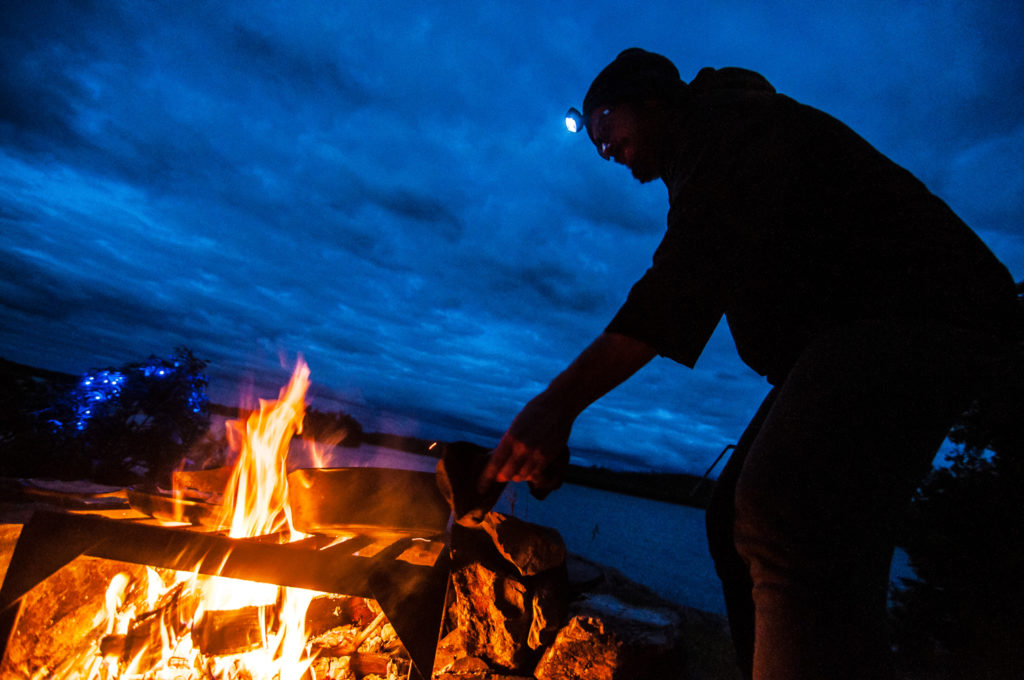
What to Look For
Now that I have hopefully convinced you to stop trying to burn birch we’ll take a look at what trees are worth burning in the BWCA, on second thought, stop trying to burn deciduous trees in general, they hold on to way too much moisture and only on the rarest occasions do they dry in the wild before turning into steaming mush. Coniferous trees are what you are looking for when you’re plunging into the thick brush with your trusty Sven Saw; specifically, firs, balsams, pines and the holy grail of BWCA firewood: cedar. I wish it went without saying but based on the seeming proliferation of 6” stumps of recently killed live trees that mar the surrounding forests of almost every Boundary Waters campsite I feel I have to: GREEN TREES DO NOT BURN, stop cutting them down. With that in mind you’re looking for dead, downed coniferous trees, its as easy as that. Just because a tree is dead and downed is no guarantee that it is burnable, depending on how long the wood has been in contact with the ground it can be just as punky and rotten as dead birch, always test a piece by sawing off a piece and checking for moisture. A lot of times it is hard for me to feel with my fingers whether or not there is moisture in the wood so I will press it up to my lips to get a better idea, that’s right I’m a tree kisser. Knowing that trees literally downed to the ground are a gamble I start by looking for trees that are dead, fallen and leaning against other trees. These present the best case scenario in terms of not sucking up moisture from the ground and drying quickly after rain. The suggesting of collecting wood that is no larger than your wrist by the USFS is a good one, there is no need to work through anything larger with a saw, and it will take all night to burn. The only exception would be during extremely wet conditions where you would need to saw and split larger trees to get to dry wood. While sawing up smaller pieces of wood so they can fit in the grate and using dead braches as kindling is the safest and best way to prepare your campfire some people just can’t help but bring the hatchet. I believe that hatchets are pointless, dangerous tools that consistently ruin peoples BWCA camping trips. If you feel it’s absolutely necessary to bring the shin gouger take at least one step of precaution and split the wood from a kneeling position, when you miss or swing through you will end up in the dirt and not in bone. If you are really serious about splitting wood in camp, which can sometimes be necessary in the spring and fall I would recommend investing in a nice axe, learning proper technique and practice splitting wood at home before bringing it out into the wilderness.
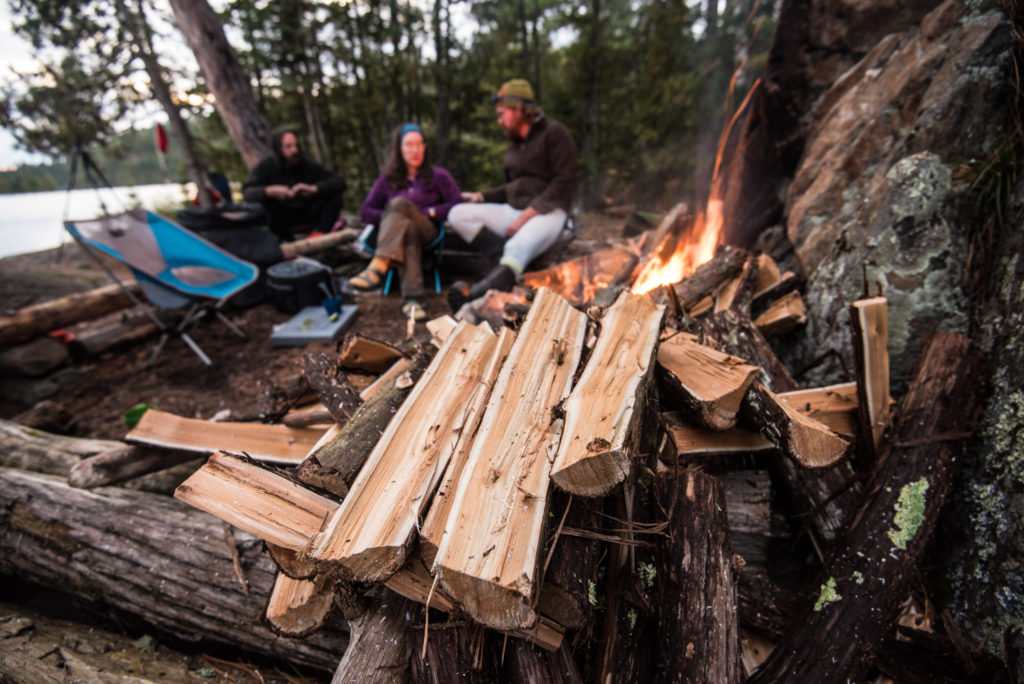
Where to Look
Now that we know what we are looking for (no birch) we need to know where to look. While the path of least resistance can be a wonderful concept in other aspects of life, I find that following the path of most resistance in the Boundary Waters leads to more success when looking for a campsite, remote routes, excellent fishing spots and dead leaning coniferous trees for firewood as far as the eye can see. People have been walking out the back of the designated campsites in the Boundary Waters and collecting the first dead (or alive) tree they come across for decades. Unless you have paddled and portaged to some remote region of the BWCA you will find that the distance and work involved to procure good wood at most sites greatly outweighs the reward. The best way to find unpicked over forest is to first find a campsite and unload your gear, then go back out onto the water with an empty canoe and your saw and paddle to a shoreline that’s not close to any other campsites. At this point the challenge becomes finding a reasonable spot on shore to land the canoe before heading into the forest in search of firewood. A lot of times there are dead trees right on the shore and although it can be tempting to take the easy pickings remember the eyesore of a trace that stump will leave for future paddlers. Taking a short walk into the woods from the shoreline will almost always guarantee you finding plenty of dead leaning trees that you can saw up into lengths that will fit in the canoe for transport back to camp where you can then saw into smaller pieces. While it may involve more work I believe that if more campers adopted the practice of collecting only dead and leaning coniferous trees for firewood after having paddled down the shore away from their campsite and walked into the woods the Boundary Waters would be a better place, and people would have better campfires.
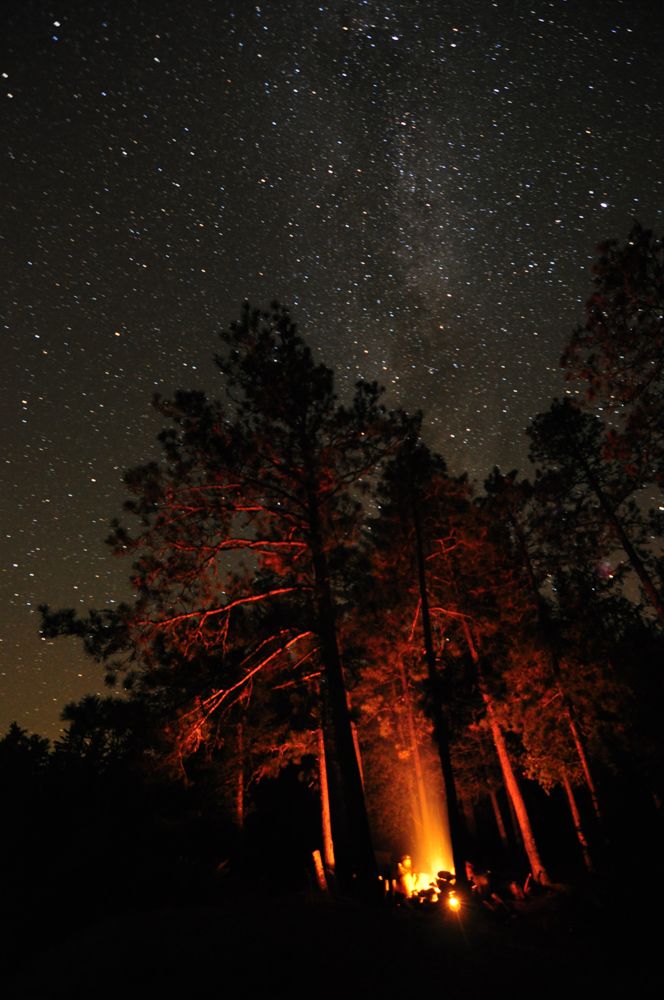

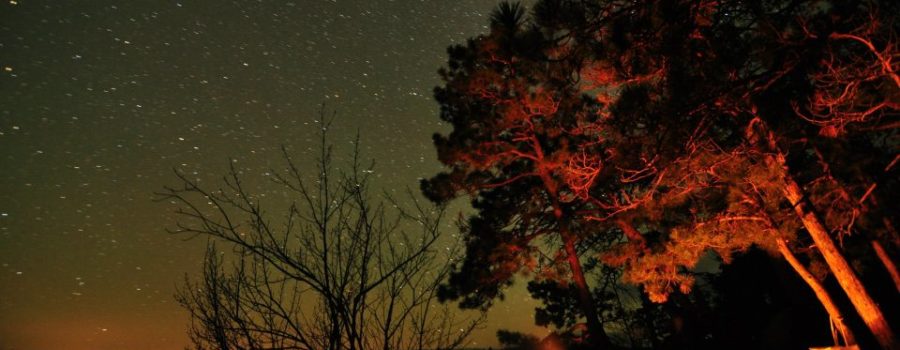
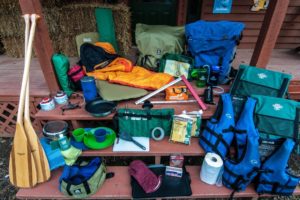
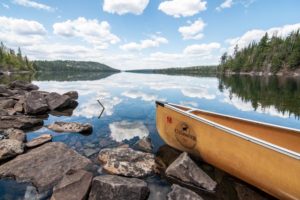
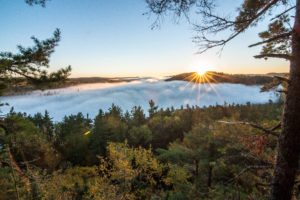
Leave a Reply
Your email is safe with us.
You must be logged in to post a comment.